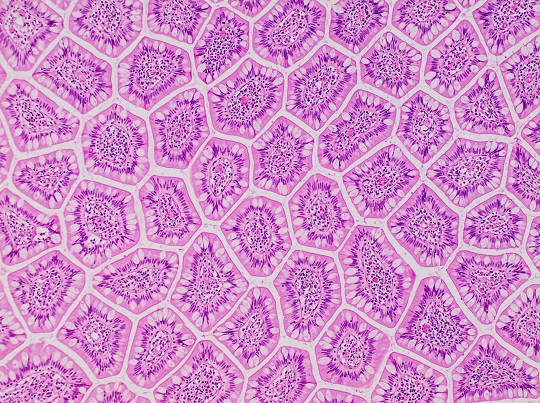Histology, also known as microscopic anatomy or microanatomy, is the branch of biology that studies the microscopic anatomy of biological tissues. It involves the examination of cells, tissues, and organs under a microscope to understand their structure and function . Histology allows scientists and medical professionals to observe and analyze the organization and composition of tissues at a cellular level.
Here are some key points about histology:
- Histology is closely related to the field of microscopic anatomy, which focuses on the organization of tissues at all structural levels, from cells to organs
- Histologists use specialized instruments, such as microtomes, to cut thin sections of tissues, which are then stained to enhance the contrast and visibility of cellular components under an optical microscope.
- The study of histology involves identifying and classifying different types of cells, tissues, and their components, such as cell structures, extracellular matrix, and specialized cell functions.
- Histology plays a crucial role in medical diagnosis, scientific research, autopsy, and forensic investigation, as it allows for the visualization of tissue structure and characteristic changes that may occur in diseases or injuries
- Histology is taught in medical and biological education to provide a better understanding of the structure and function of tissues and organs in the human body

Cross-section of the small intestinal vili of the terminal ileum
Source: https://commons.wikimedia.org/